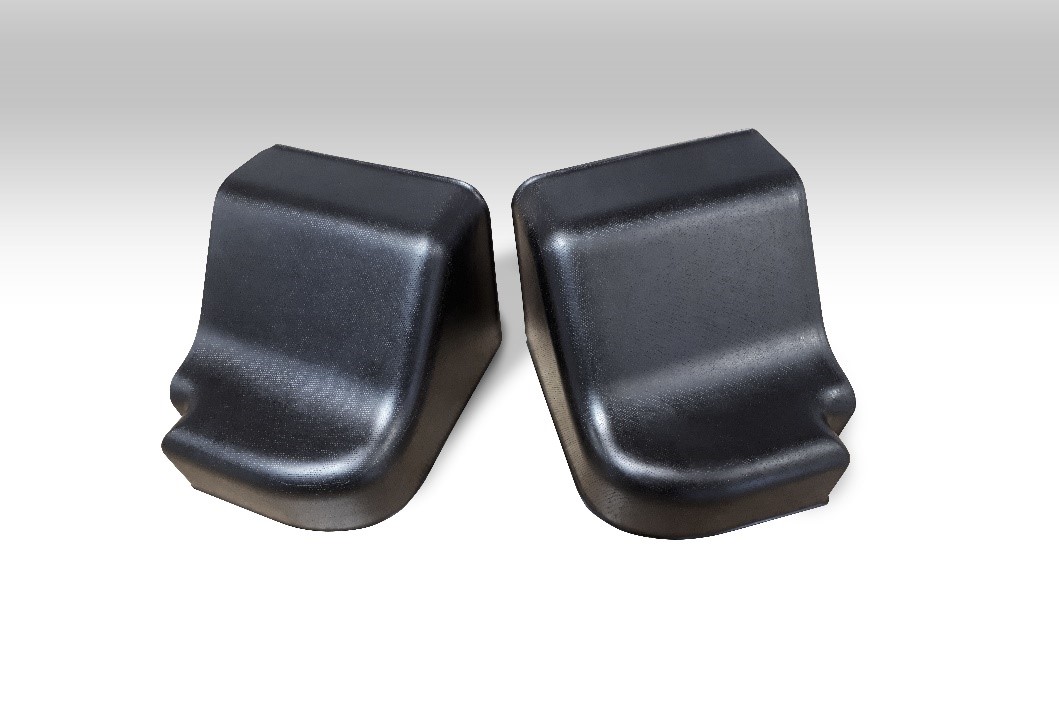
Composites Evolution has collaborated with Sheffield Hallam University in the UK and aerospace company AIM Altitude to develop a nanocomposite suitable for aircraft interiors.
The partners says that they have developed a thermosetting resin system made of poly(furfuryl alcohol) (PFA) with a specific additive mix, for the production of glass fiber prepregs using a hot-melt process. The resin base is produced from a sustainable biomass waste and while the composite is similar to phenolic, it does not contain toxic phenol and formaldehyde compounds, making it safer across the whole product lifecycle, according to its developers.
Plans are for the material to have improved fire resistance and mechanical performance. ‘Materials and design options for composites in fire-critical applications are currently very limited,’ said Vernon Thomas, engineering manager at AIM. ‘The nanocomposites we have developed have led to enhanced performance all round. It is a better, safer product, which is bio-based and renewable. The fire, smoke and toxicity (FST) performance is better than phenolics. The reduced porosity has great advantages for the finish, reducing costs considerably, and peel strength improvement gives vital increases to integrity and durability.’
This story uses material from Composites Evolution, with editorial changes made by Materials Today. The views expressed in this article do not necessarily represent those of Elsevier.




